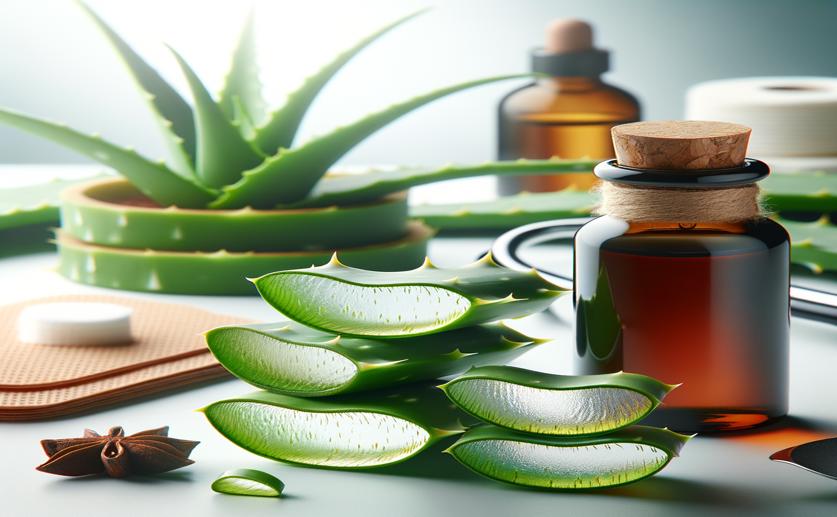
Aloe Vera and Cinnamon Oil Gel for Healing Wounds with Antibacterial Benefits
Jenn Hoskins
6th June, 2024

Image Source: Natural Science News, 2024
Key Findings
- The study by the Virtual University of Pakistan tested a gel combining cinnamon oil and aloe vera for treating chronic wounds
- The gel effectively inhibited the growth of harmful bacteria at low concentrations
- Wounds treated with the gel showed nearly full closure and improved healing indicators after 14 days
References
Main Study
1) Evaluation of Aloe Vera Gel Combined with Cinnamon Oil with Antibacterial Activity for Wound Healing Application.
Published 4th June, 2024
https://doi.org/10.1177/15347346241259102
Related Studies
2) Topical application of Cinnamon verum essential oil accelerates infected wound healing process by increasing tissue antioxidant capacity and keratin biosynthesis.
3) Antimicrobial effects of cinnamon essential oil and cinnamaldehyde combined with EDTA against canine otitis externa pathogens.
4) Wound care with traditional, complementary and alternative medicine.



 4th June, 2024 | Greg Howard
4th June, 2024 | Greg Howard